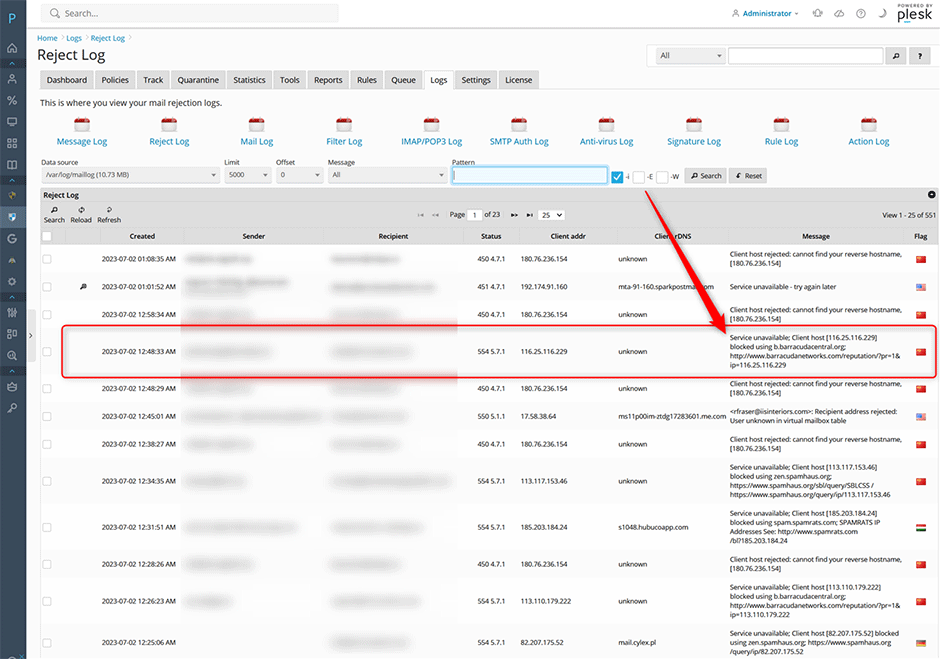Turn on Spam Protection Based on DNS Blackhole Lists
Spam emails can be a major nuisance for individuals and businesses alike. They can clog up your inbox, waste your time, and potentially even pose a security threat. One effective way to combat spam is by using DNS blackhole lists. In this article, we’ll discuss what DNS blackhole lists are, how they work, and how you can turn on spam protection based on them.
What are DNS Blackhole Lists?
DNS blackhole lists, also known as DNSBLs or RBLs (Real-time Blackhole Lists), are databases that contain a list of IP addresses known to be sources of spam. When an email is sent from an IP address listed in a DNS blackhole list, it is either blocked entirely or marked as spam by the recipient’s email server.
There are many different DNS blackhole lists available, each maintained by various organizations and individuals. Some of the most popular DNS blackhole lists include Spamhaus, Barracuda, and SpamCop.
How Do DNS Blackhole Lists Work?
DNS blackhole lists operate by querying a DNSBL server with the IP address of the email sender. The DNSBL server then responds with information about whether the IP address is listed in the database. If the IP address is found in the DNS blackhole list, the recipient’s email server can take appropriate action, such as blocking the email or marking it as spam.
Turning on Spam Protection Based on DNS Blackhole Lists
To turn on spam protection based on DNS blackhole lists, you will need to configure your email server to query a DNSBL server when receiving incoming emails. Most email servers, including popular options like Microsoft Exchange and Postfix, have built-in support for DNS blackhole lists.
The exact steps to enable spam protection based on DNS blackhole lists will vary depending on the email server you are using. However, the general process involves specifying the DNSBL server to query, setting up the action to take when a match is found, and configuring any additional options, such as whitelisting or custom rejection messages.
Benefits of Using DNS Blackhole Lists for Spam Protection
There are several benefits to using DNS blackhole lists for spam protection. First and foremost, DNS blackhole lists are constantly updated with the latest information about known spam sources, making them an effective tool for blocking unwanted emails. Additionally, DNS blackhole lists are easy to implement and require minimal maintenance once configured.
By enabling spam protection based on DNS blackhole lists, you can significantly reduce the amount of spam that reaches your inbox, improving email security and productivity for yourself and your organization.
Conclusion
DNS blackhole lists are a valuable tool for combating spam and improving email security. By turning on spam protection based on DNS blackhole lists, you can effectively block unwanted emails from reaching your inbox. Consider implementing DNS blackhole list-based spam protection on your email server today to enhance your email security and productivity.
